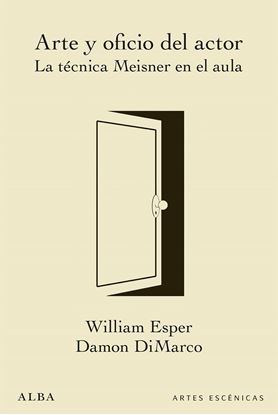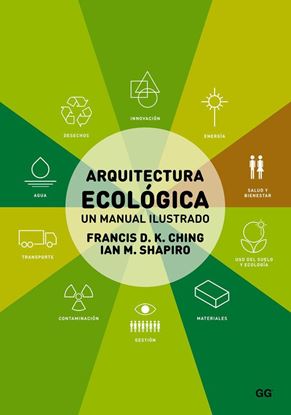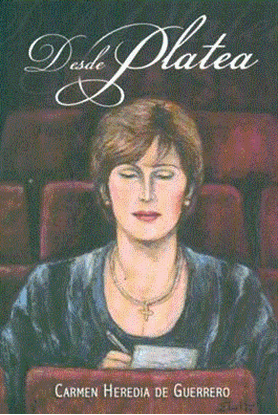

ARTE Y OFICIO DEL ACTOR
Muy pocos profesores de interpretación han logrado desarrollar un método detallado que forme actores verdaderamente creativos: Sanford Meisner, fallecido en 1997, fue uno de ellos. Su técnica toma al artista como materia prima y construye, partiendo de cero, las habilidades que necesita para despuntar en la interpretación. Discípulo y mano derecha de Meisner, William Esper ha transmitido y ampliado su técnica durante décadas, en las que ha sido maestro de intérpretes como John Malkovich, Kim Basinger, William Hurt y Kathy Bates. En Arte y oficio del actor, con la ayuda de Damon DiMarco, uno de sus discípulos, Esper nos sumerge en el aula y nos permite asistir, como un alumno más, a uno de sus fascinantes cursos.
995
746
ARQUITECTURA ECOLOGICA. UN MANUAL ILUST.
Siguiendo la estela de algunos títulos ya clásicos de Francis D. K. Ching, como Manual de dibujo arquitectónico y Arquitectura. Forma, espacio y orden, este nuevo libro, escrito en colaboración con Ian M. Shapiro, expone en forma de manual básico ilustrado, práctico y accesible, las cuestiones fundamentales de la arquitectura ecológica y sostenible. El libro propone un recorrido del exterior al interior: comienza por el emplazamiento y su entorno, sigue por las diversas envolventes del edificio, y termina con el análisis de los aspectos ambientales de la iluminación, la calefacción o los sistemas de climatización. Un recorrido donde se exploran distintos temas transversales, como el ahorro de agua o materiales, la calidad ambiental interior o el uso de energías renovables. El conjunto ofrece una exploración completa y metódica de la arquitectura ecológica exponiendo los temas clave, un marco teórico básico y estrategias concretas para proyectar bajo el paradigma de la sostenibilidad. Las ilustraciones que detallan estos principios y discusiones, realizadas por el maestro Francis D. K. Ching, conforman una magnífica guía visual para el proyecto y la construcción de edificios ecológicos, y hacen de este libro un manual único que pronto será referencia ineludible en el ámbito de la arquitectura y la construcción sostenibles.
3,500
2,625











